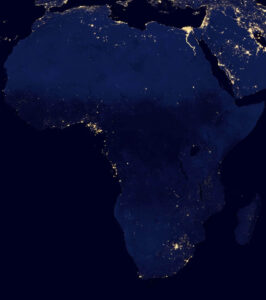Back in the 14,000 BC, when ancient cartographers (map makers) set out to symbolically represent the world on tablets and in caves, the ultimate objective for them was to explain their world as they knew it. Even then, with less sophisticated gadgets that could lend a third perspective to the conclusions they came to, there was a methodical science to the art of map-making. This precision was needed, in order to enable men of the time to navigate their world in times of peace and especially, war.
Fast forward to the 21st century, where you would see free and open collaborative projects like the OpenStreetMap, and a huge corporation like Google’s jealously guarded secret world mapping project ‘Ground Truth’ – both with the goal of mapping our world digitally, using on-the-ground navigational gadgets and satellites from space. And just like that, history repeats itself, the ancient cartographers are re-born, only this time, the stakes are different.
The art of mapping has moved beyond the basic premise of just navigating. Humans now have a different thirst beyond just physically moving from one point to another. It’s a thirst for spatial experience, with the intention to digitally control and interact, just like they will do in the physical world. If there is any indication to what functional layers could be stacked on navigating the world, you just have to look at what Google has been able to achieve with Google Earth and Google Arts & Culture.

The next frontiers to be explored in navigating the world would be the fun part, most of the hard work has been done, and the cool thing is that a lot of the data you need to push the envelope can be licensed and integrated for free. With the current work and lifestyle climate, street navigation in cahoots with AR/VR and other experience gadgets alike will enable people to ‘move around’ in order to experience culture, art, personalities, places and events, without stepping out of their houses.
